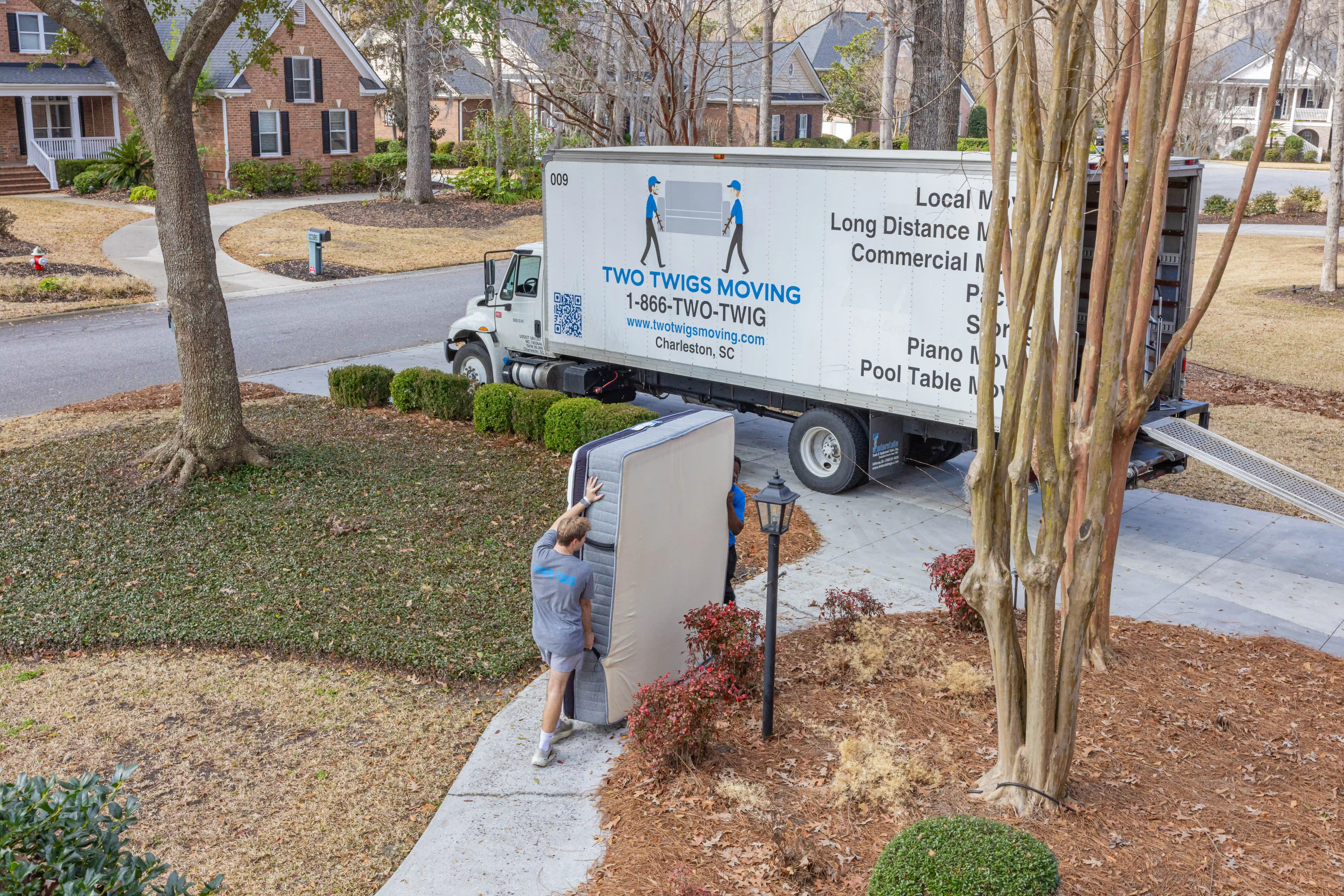Moving to a new home can be an exciting but overwhelming experience. Whether you’re moving across the street or across the country, planning and staying organized are essential to a smooth transition. Understanding the moving process can help reduce stress and ensure that everything goes according to plan. Below is a comprehensive timeline of the moving process, from two months before the move to the day you arrive at your new home.
Two Months Before the Move: Planning and Preparation
1. Create a Moving Plan
Start by making a detailed moving plan. This should include your moving budget, important dates, and a list of tasks to complete before and after the move. Consider whether you’ll hire professional movers or handle the move yourself. If you decide to hire a moving company, now is the time to research and get estimates from several companies.
2. Declutter Your Home
Begin decluttering your home by going through each room and sorting items into categories: keep, donate, sell, or discard. Moving is an excellent opportunity to get rid of items you no longer need. Less clutter means fewer boxes to pack and a more organized new home.
3. Gather Important Documents
Collect important documents such as medical records, school records, passports, and financial documents. Keep these in a safe place, as you may need them before or after your move. Consider digitizing documents to reduce the risk of losing them during the move.
4. Notify Schools and Employers
If you have children, notify their current school of the upcoming move and begin the process of transferring them to a new school. Inform your employer of your move, especially if you’re relocating for work.
Six Weeks Before the Move: Start Packing and Organizing
1. Order Packing Supplies
Gather all the packing supplies you’ll need, such as sturdy boxes, packing tape, bubble wrap, and markers. It’s important to invest in high-quality materials to protect your belongings during transit.
2. Begin Packing Non-Essential Items
Start packing items you don’t use regularly, such as seasonal clothing, decorations, books, and rarely used kitchen appliances. Label each box with its contents and the room it belongs to in your new home. Don’t forget to mark boxes with fragile items clearly.
3. Notify Utility Companies
Contact your current utility providers (electricity, water, internet, etc.) to schedule a disconnect date for your current home and a connect date for your new home. Doing this early ensures you won’t have to go without essential services when you arrive.
4. Book Your Movers
If you haven’t already done so, now is the time to book a moving company. Ensure the company provides a detailed written estimate, including any extra fees for packing services or moving large items.
One Month Before the Move: Organize and Finalize Details
1. Finalize Your Moving Date
Confirm your moving date with the movers or truck rental company, and ensure that everything is on track. If possible, schedule time off from work around your moving date to focus on the transition.
2. Continue Packing
By now, you should be well into the packing process. Focus on packing items you don’t need immediately. If you haven’t already, create an inventory of your belongings and consider numbering your boxes to keep track of everything.
3. Update Your Address
Notify the post office of your upcoming move and set up mail forwarding to your new address. Don’t forget to update your address with banks, credit card companies, subscription services, and any other institutions that send you mail regularly.
4. Arrange Child or Pet Care for Moving Day
If you have children or pets, consider arranging for someone to watch them on moving day. Moving can be chaotic, and having someone else care for them can reduce stress and allow you to focus on the move.
Two Weeks Before the Move: Wrapping Up
1. Pack an Essentials Box
Prepare a box or suitcase with essential items you’ll need during the first few days in your new home. This could include toiletries, medications, a change of clothes, important documents, and basic kitchen supplies like utensils and plates.
2. Confirm Moving Details
Touch base with your moving company or truck rental to confirm the moving date, time, and any specific instructions. If you’re moving long-distance, confirm any additional services like storage or special handling for certain items.
3. Discontinue Services
Contact service providers such as gym memberships, lawn care, and any local subscription services you need to cancel before the move.
One Week Before the Move: Final Preparations
1. Finish Packing
At this point, most of your belongings should be packed. Focus on packing the remaining items, including kitchenware, clothing, and electronics. Label everything clearly and ensure all fragile items are properly wrapped.
2. Clean Your Current Home
As you finish packing each room, start cleaning your home. Depending on whether you’re renting or selling, you may need to hire professional cleaners to ensure your home is ready for the next occupant.
3. Prepare for Moving Day
Make sure you have a clear plan for moving day. If you’re driving, map out your route and plan for any overnight stays if it’s a long-distance move. If the movers are handling the relocation, ensure they have clear instructions on where to go and any special requests you have.
Moving Day: Execution
1. Do a Final Walkthrough
Before leaving your old home, do a final walkthrough to ensure you haven’t left anything behind. Check all closets, drawers, and cabinets. Make sure windows and doors are locked and that utilities are turned off.
2. Direct the Movers
If you’ve hired professional movers, be available to answer questions and direct them where to place boxes and furniture. Ensure that boxes are placed in the correct rooms based on your labels.
3. Settle Into Your New Home
Once you arrive at your new home, unpack the essentials box first so you can start settling in. Take your time with the rest of the unpacking process, focusing on one room at a time to stay organized.
After the Move: Getting Settled
1. Unpack Methodically
Unpacking can feel like a daunting task, but staying organized will help. Begin with essential rooms like the kitchen and bedrooms, then move on to living areas and storage spaces.
2. Explore Your New Area
Take some time to familiarize yourself with your new neighborhood. Locate nearby grocery stores, pharmacies, parks, and other amenities. If possible, introduce yourself to your neighbors to start building connections in your new community.
3. Update Your Driver’s License and Vehicle Registration
Once you’ve moved, you’ll need to update your driver’s license and vehicle registration with your new address. Each state has different rules, so check with your local DMV for specific requirements.
Conclusion
Understanding the moving process and sticking to a timeline will help reduce stress and ensure a successful transition to your new home. From planning and packing to moving day and settling in, a well-organized move will make the experience more enjoyable and efficient.


.svg)


